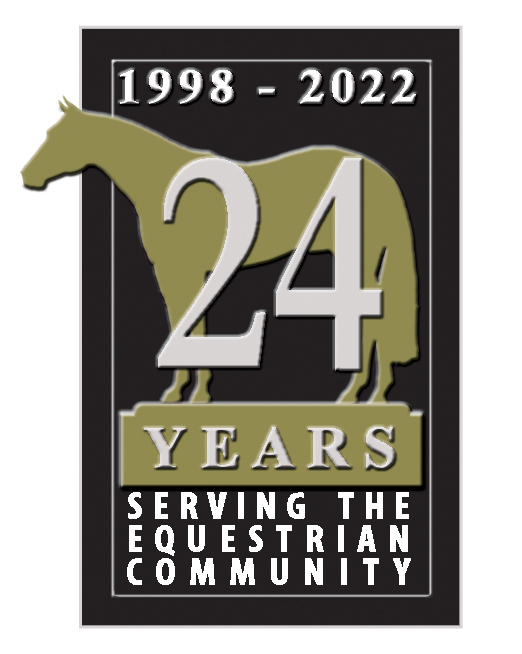Attention Louisiana Equine Practitioners and Horse Owners
May 17, 2011A recent disease outbreak of Equine Herpes Myeloencephalopathy (EHV-1) has been traced to horses who attended the National Cutting Horse Association’s Western National Championships in Ogden, Utah on April 30 – May 8, 2011. Horses who participated in this event may have been exposed to this EHV-1 virus.
The LSU School of Veterinary Medicine encourages owners of horses who participated in the Ogden, Utah or veterinarians who know if horses that participated in that event or horses that came in contact with horses at that event to isolate and monitor their horses for clinical signs of disease. A rectal temperature in excess of 102 F commonly precedes other clinical signs. Therefore, we are urging owners to take temperatures on each individual horse(s) twice a day. If a temperature above 102 F is detected contact your private practitioner immediately. Laboratory submission of nasal swabs and blood samples collected from the exposed horse can be utilized for virus detection and isolation.
The EHV-1 organism spreads quickly from horse to horse and the neurologic form of the virus can reach high morbidity and mortality rates. The incubation period of EHV-1 is typically 2-14 days, but can be up to 28 days or longer. In horses infected with the neurologic strain of EHV-1, clinical signs may include: nasal discharge, incoordination, hind end weakness, recumbency, lethargy, urine dribbling and diminished tail tone, but other signs of neurologic disease may be present (such as a head tilt, difficulty swallowing, etc). Prognosis depends on severity of signs and the period of recumbency. Treatment may include intravenous fluids, anti-inflammatory drugs, specific anti-viral agents (ie. valcyclovir) and other appropriate supportive treatment. Currently, there is no equine vaccine that has a label claim for protection against the neurological strain of the virus.
Horse-to-horse contact, aerosol transmission, and contaminated hands, equipment, tack, and feed all play a role in disease spread. However, horses with severe clinical signs of neurological EHV-1 illness are thought to have large viral loads in their blood and nasal secretions and therefore, present the greatest danger for spreading the disease. Immediate separation and isolation of identified suspect cases and implementation of appropriate biosecurity measures are key elements for disease control. Horses showing neurologic disease should be evaluated as soon as possible by an equine veterinarian.
For additional Information
Equine Herpes Myeloencephalopathy Brochure
http://www.aphis.usda.gov/vs/nahss/equine/ehv/equine_herpesvirus_brochure_2009.pdf
CDFA Equine Herpes Myeloencephalopathy Fact Sheet
http://www.cdfa.ca.gov/AHFSS/Animal_Health/pdfs/EHV-1FactSheetSept2010.pdf
USDA Resources
http://www.aphis.usda.gov/vs/nahss/equine/ehv/
American Association of Equine Practitioners Fact Sheet
http://www.aaep.org/pdfs/control_guidelines/Equine%20Herpes%20Virus.pdf

